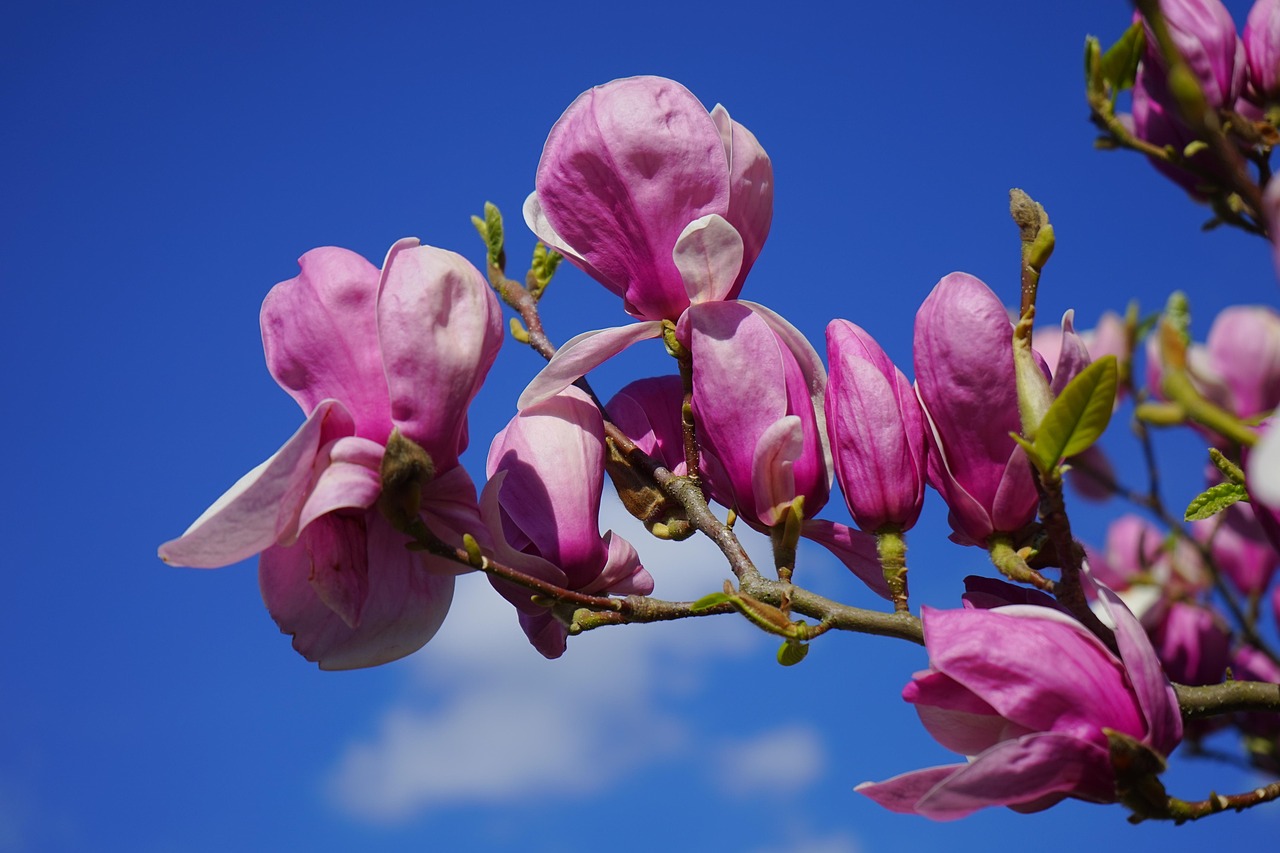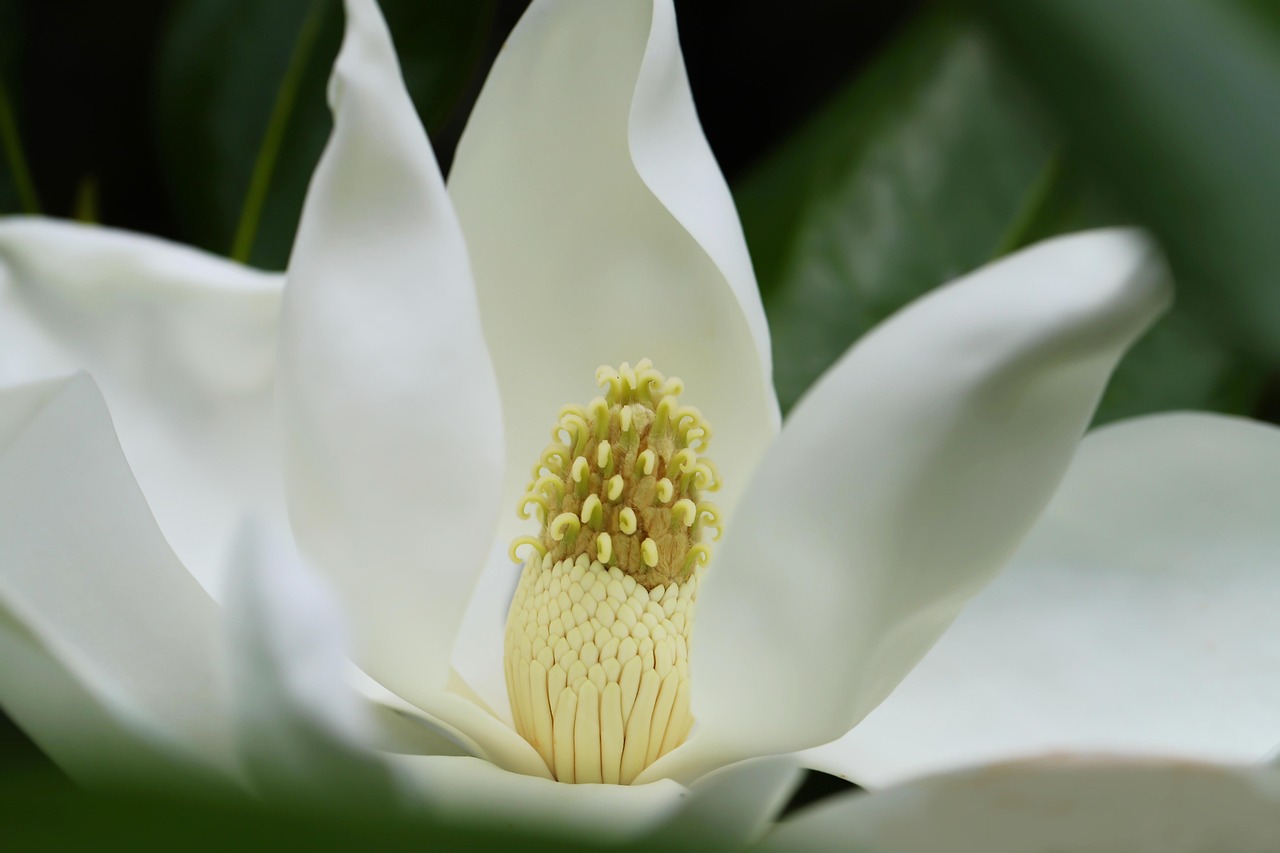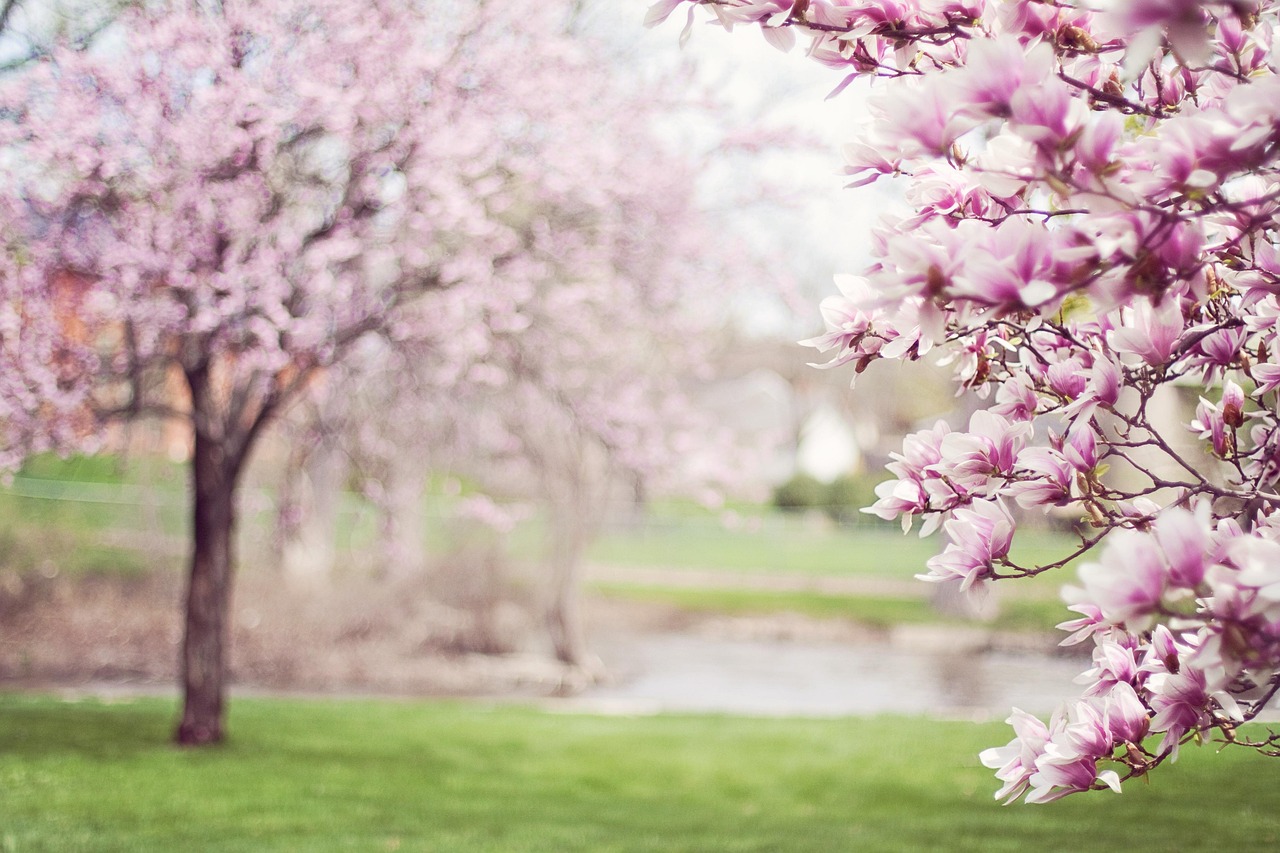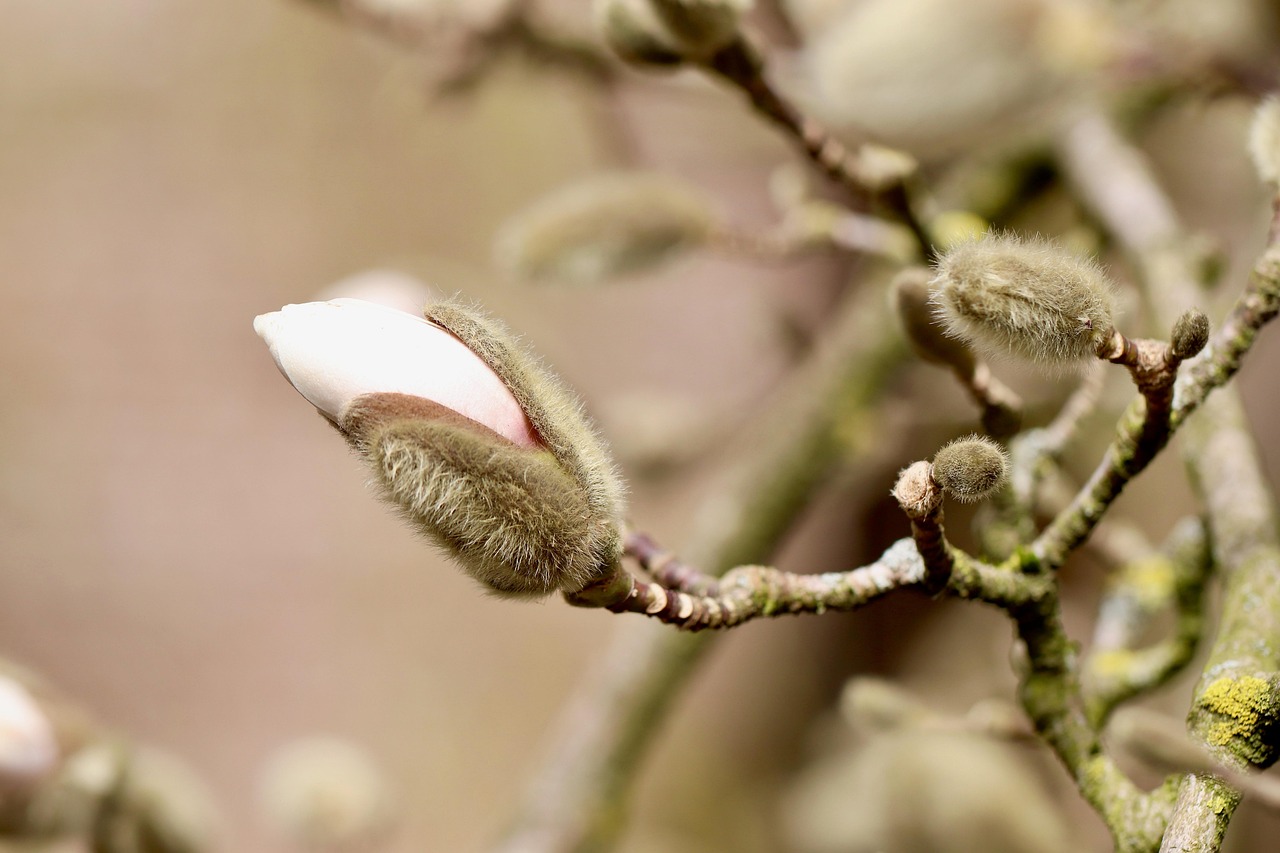Magnolia trees can be considered somewhat messy due to their large flowers, leaves, and seed pods that drop throughout the year. While they require maintenance, many find their beauty and fragrance worth the cleanup effort.
Understanding Magnolia Trees

Magnolia trees are a popular choice for landscaping due to their stunning flowers and attractive foliage. They belong to the Magnoliaceae family, which includes over 200 species. These trees are known for their distinctive blossoms, which can be white, pink, purple, or yellow, depending on the species. Magnolias are deciduous or evergreen, adding variety to any garden.
One of the main considerations when planting a magnolia tree is its potential messiness. As they grow, these trees can produce large amounts of organic debris. This includes fallen flowers, leaves, and seed pods, which may require regular maintenance. Understanding the specifics of magnolia tree maintenance is essential for homeowners who want to enjoy their beauty without being overwhelmed by the cleanup.
Types of Magnolia Trees
There are several types of magnolia trees, and each comes with its own maintenance and cleanup characteristics. Here are some popular varieties:
- Saucer Magnolia (Magnolia x soulangeana): Known for its large, saucer-shaped flowers that bloom in early spring.
- Southern Magnolia (Magnolia grandiflora): This evergreen variety has large, glossy leaves and produces fragrant white flowers.
- Cucumber Tree (Magnolia acuminata): Recognized for its unique cucumber-shaped fruit and large leaves.
- Star Magnolia (Magnolia stellata): A smaller variety with star-shaped flowers that bloom in early spring before the leaves appear.
Maintenance Requirements
Maintaining a magnolia tree involves several key tasks that can help minimize messiness while enhancing the tree’s health and beauty. Regular maintenance includes:
- Pruning: Regular pruning helps shape the tree and remove any dead or damaged branches. This can reduce the amount of debris that falls to the ground.
- Watering: Adequate watering is essential, especially during dry spells. A well-hydrated tree is less likely to shed leaves prematurely.
- Fertilizing: Using a balanced fertilizer in early spring can promote healthy growth and flowering.
- Pest Control: Monitor for pests like aphids or scales that may damage leaves and contribute to additional mess.
Cleanup Considerations
The cleanup involved with magnolia trees can vary based on the species and local climate. Here are some factors to consider:
| Aspect | Details |
|---|---|
| Fallen Flowers | Typically occurs in spring. The flowers can be large and noticeable when they drop. |
| Leaf Drop | Deciduous varieties will shed leaves in fall, contributing to seasonal cleanup tasks. |
| Seed Pods | Some species produce seed pods that can fall and create additional mess, particularly in late summer to fall. |
The frequency of cleanup will depend on the specific type of magnolia and its growing conditions. Homeowners should anticipate a certain level of debris throughout the year but can manage it with regular maintenance routines.
In conclusion, while magnolia trees do require some effort in terms of maintenance and cleanup, their breathtaking blooms and overall aesthetic appeal often outweigh the inconvenience of fallen debris. Understanding the specific needs of your chosen magnolia variety can help you enjoy these beautiful trees while keeping your outdoor space tidy.
Benefits of Magnolia Trees
Despite the potential messiness associated with magnolia trees, they offer numerous benefits that make them a beloved choice for many gardeners and homeowners. Understanding these advantages can help you appreciate their presence in your landscape.
Aesthetic Appeal
One of the most significant benefits of magnolias is their stunning visual appeal. The large, fragrant flowers bloom in a variety of colors, adding beauty and elegance to gardens and yards. Here are some aspects of their aesthetic appeal:
- Diverse Colors: Magnolias come in various colors, including white, pink, purple, and yellow, allowing for a vibrant display.
- Unique Flower Shape: The flowers’ distinctive shapes can add character to any landscape.
- Year-Round Interest: Some magnolia varieties retain their leaves year-round, providing continuous greenery even in winter.
Fragrance
The fragrance of magnolia flowers is another appealing feature. Many species, especially the Southern Magnolia, are known for their sweet scent. This fragrance can enhance the outdoor experience, making gardens more inviting during the blooming season.
Wildlife Attraction
Magnolia trees can also attract various forms of wildlife, contributing to a vibrant ecosystem in your garden. Here are some benefits related to wildlife:
- Pollinators: The flowers are attractive to pollinators like bees and butterflies, which play a crucial role in the environment.
- Birds: Birds often feed on the seeds produced by magnolia trees, making them a valuable food source.
- Habitat: The trees provide shelter and nesting sites for various bird species.
Climate Adaptability
Magnolia trees exhibit remarkable adaptability to different climates. They thrive in various regions across the United States, from the warm climates of the South to cooler northern areas. This adaptability allows homeowners in diverse locations to enjoy their beauty.
Soil Preferences
Magnolias prefer well-drained soil rich in organic matter. Here are some considerations regarding soil conditions:
- Acidic to Neutral pH: They tend to flourish in slightly acidic to neutral pH levels.
- Moisture Retention: While they need well-drained soil, retaining some moisture is essential for healthy growth.
- Avoiding Compacted Soil: Compacted soil can hinder root growth and water absorption, making proper soil preparation vital.
Common Challenges with Magnolia Trees

>While magnolias offer many benefits, they also come with challenges that homeowners should be aware of. Understanding these challenges can aid in effective management and maintenance.
Pest Issues
Magnolia trees can attract specific pests that may cause damage or affect their health. Common pests include:
- Aphids: These small insects can cluster on new growth, sucking sap and potentially causing leaf distortion.
- Scale Insects: Scale can weaken trees by feeding on sap and may require treatment with insecticidal soap.
- Spider Mites: These pests thrive in dry conditions and can cause leaf discoloration and webbing.
Disease Susceptibility
Magnolia trees may also be susceptible to certain diseases. Common issues include:
- Sooty Mold: This fungal disease appears as black soot on leaves and is often associated with aphid infestations.
- Crown Gall: This bacterial infection causes galls or lumps on roots and stems, affecting overall health.
- Leaf Spot: Various fungi can cause leaf spots, leading to premature leaf drop.
Caring for Magnolia Trees

>Caring for magnolia trees involves a combination of proactive measures and regular monitoring. Here are some effective care strategies:
- Regular Inspections: Frequently check for signs of pests or diseases. Early detection is key to effective management.
- Proper Watering: Ensure the tree receives adequate water, especially during hot, dry periods. Deep watering encourages strong root development.
- Mulching: Applying mulch around the base helps retain moisture and suppress weeds while improving soil quality as it decomposes.
- Fertilization: A slow-release fertilizer in spring can provide essential nutrients for healthy growth and flowering.
By understanding both the benefits and challenges associated with magnolia trees, homeowners can make informed decisions about planting and caring for these beautiful specimens in their landscapes.
Seasonal Considerations for Magnolia Trees
Understanding the seasonal changes that affect magnolia trees is crucial for proper maintenance and cleanup. Each season brings different challenges and opportunities for care, impacting the amount of debris produced and the level of attention required.
Spring: Blooming Season
Spring is the most visually exciting time for magnolia trees as they burst into bloom. However, this is also when the potential messiness begins:
- Flower Drop: As the flowers bloom, many will eventually fall to the ground. This can create a colorful but cluttered landscape.
- Pollen Production: The trees release pollen, which may cause allergies in some individuals. Regular cleaning can help manage pollen accumulation.
- Pruning Opportunity: Spring is an ideal time for pruning after the flowers have faded. This helps shape the tree and minimize future mess.
Summer: Growth and Maintenance
During summer, magnolia trees are in full leaf and growth mode. While beautiful, this season requires careful monitoring:
- Watering Needs: Hot weather increases water demands. Ensure consistent moisture to keep the tree healthy.
- Pest Monitoring: Inspect for pests such as aphids or spider mites, which may thrive in warm weather.
- Cleaning Debris: Fallen leaves or flower remnants may still accumulate on the ground, necessitating regular maintenance.
Fall: Leaf Drop and Seed Pods
As temperatures cool, deciduous magnolia species begin to shed their leaves, making fall a busy cleanup period:
- Leaf Cleanup: Prepare for significant leaf drop. Raking and collecting leaves become essential tasks.
- Seed Pods: Some magnolia varieties produce seed pods in late summer to early fall, which can create additional debris.
- Preparing for Winter: Consider mulching around the base before winter to protect roots and improve soil quality as the mulch decomposes.
Winter: Dormancy and Maintenance
In winter, magnolia trees enter a dormant phase, reducing certain maintenance needs:
- Minimal Cleanup: Most debris has fallen, but occasional leaf or twig removal may still be necessary.
- Monitoring for Damage: Inspect branches for signs of damage from ice or snow accumulation, especially in colder climates.
- Planning for Spring: Use this time to plan any needed pruning or fertilization strategies for the upcoming spring season.
Tools and Techniques for Cleanup

>Effective cleanup around magnolia trees can be streamlined with the right tools and techniques. Utilizing appropriate equipment can make maintenance tasks easier and more efficient.
Essential Tools
Here are some essential tools that can help manage debris and maintain your magnolia trees:
- Broom or Leaf Blower: Ideal for quickly clearing fallen flowers, leaves, and other debris from patios or pathways.
- Rake: A traditional rake is excellent for gathering leaves and seed pods from grass or garden beds.
- Pruning Shears: Useful for trimming branches and dead growth during pruning sessions.
- Lawn Mower with Mulching Capability: Can be used to mow over fallen leaves, chopping them into smaller pieces that can decompose quickly.
Techniques for Efficient Cleanup
Implementing effective cleanup techniques can save time and effort:
- Tackle Cleanup Regularly: Schedule regular cleanups, especially in spring and fall, to prevent debris from accumulating.
- Create a Compost Pile: Use fallen leaves and flowers to create compost, which can enrich your garden soil over time.
- Cultivate a Cleanup Team: If possible, involve family members or friends in cleanup efforts, making it a fun outdoor activity.
- Aerate Soil Before Winter: Aerating soil around your magnolia can help its health while preparing it for winter dormancy.
Alternative Landscaping Options
If concerns about messiness are significant, consider alternative landscaping options that might suit your aesthetic preferences without the same level of debris production:
- Dwarf Varieties: Smaller magnolia species or cultivars may produce less debris due to their size.
- Evergreen Plants: Incorporating evergreen shrubs can provide year-round greenery without seasonal leaf drop.
- Shrubs with Similar Aesthetics: Look for flowering shrubs like camellias that offer beauty without the same level of cleanup.
Selecting the right plants and understanding their maintenance needs can greatly enhance your outdoor space while minimizing the potential messiness associated with larger magnolia trees. Proper planning and care can lead to a flourishing garden filled with beauty while keeping cleanup manageable.
Managing Magnolia Tree Messiness
To effectively manage the messiness associated with magnolia trees, homeowners can adopt several proactive strategies. These strategies not only help in reducing debris but also enhance the overall health and appearance of the trees. Here are some additional considerations for managing magnolia tree maintenance:
Regular Maintenance Schedule
Establishing a regular maintenance schedule can significantly minimize the mess associated with magnolia trees. This can include:
- Seasonal Cleanups: Plan cleanups at the beginning of each season to address fallen leaves, flowers, and seed pods.
- Monthly Inspections: Conduct monthly checks throughout the growing season for any signs of pests or diseases.
- Annual Pruning: Schedule annual pruning to remove dead or damaged branches and shape the tree, which can reduce debris in future seasons.
Utilizing Ground Cover Plants
Incorporating ground cover plants around magnolia trees can help manage debris while enhancing the landscape. These plants can provide several benefits:
- Soil Retention: Ground cover plants help retain moisture in the soil while preventing erosion.
- Visual Appeal: They can create a beautiful backdrop for the magnolia tree, enhancing the overall landscape design.
- Mud Prevention: By covering bare ground, they reduce mud splashes on lower branches during rainy seasons.
Education and Resources
Educating yourself about magnolia trees can provide valuable insights into their care and maintenance. Local gardening clubs, extension services, and online resources can offer expert advice. Consider joining local gardening groups or forums to share experiences and learn from fellow gardeners.
Conclusion
Magnolia trees are a stunning addition to any landscape, offering beauty, fragrance, and wildlife benefits. While they can be messy due to falling flowers, leaves, and seed pods, effective maintenance strategies can help manage this messiness. Understanding seasonal changes, implementing a regular maintenance schedule, and utilizing ground cover plants can significantly reduce debris accumulation.
Homeowners who appreciate the aesthetic appeal of magnolias often find that the effort involved in caring for these trees is well worth it. With proper planning, education, and care, you can enjoy the magnificent beauty of magnolia trees while keeping your outdoor space tidy and inviting.
The decision to plant a magnolia should consider both its beauty and maintenance needs. By weighing these factors thoughtfully, you can create a flourishing garden that showcases the splendor of magnolias without overwhelming yourself with cleanup efforts.
